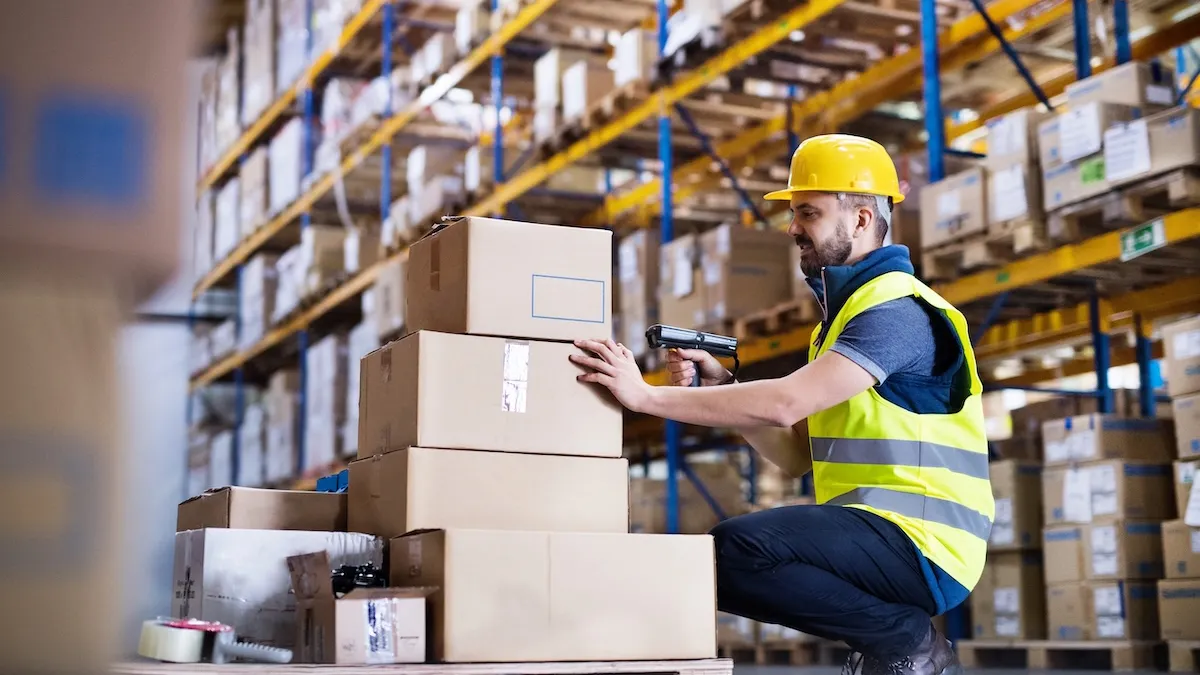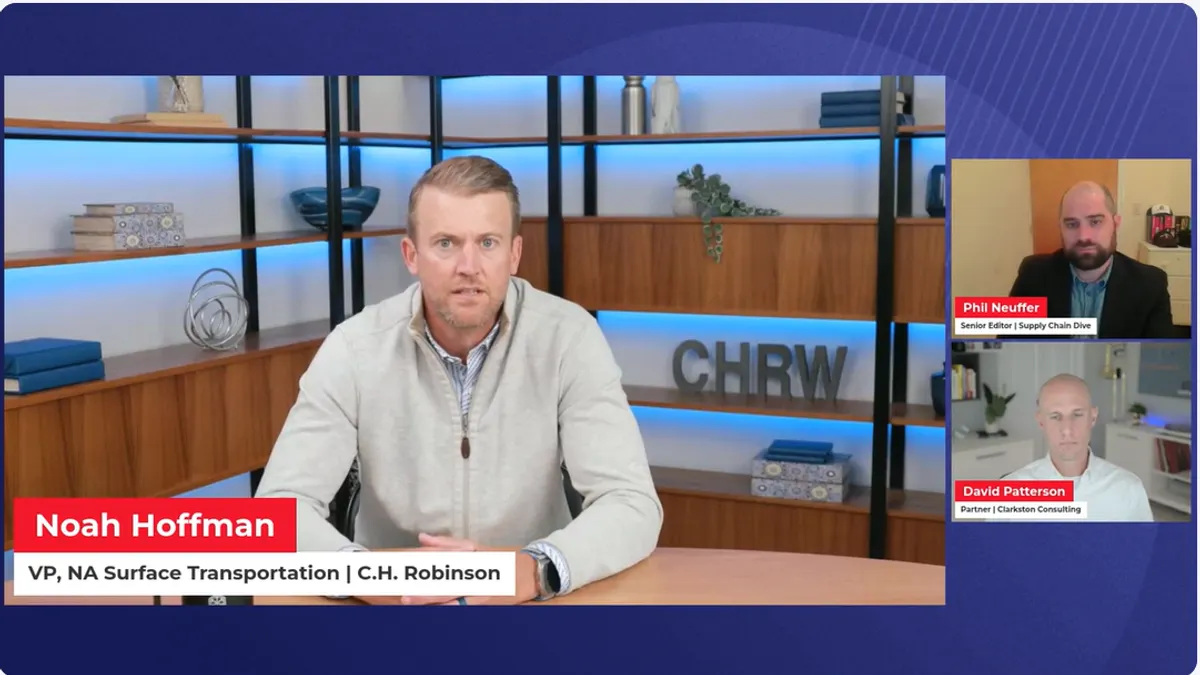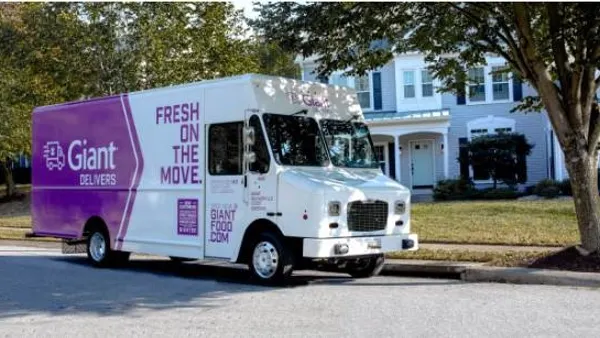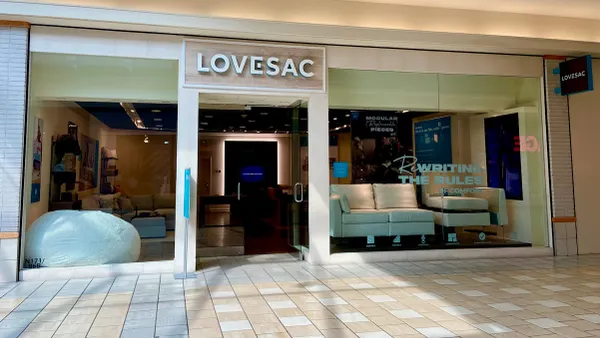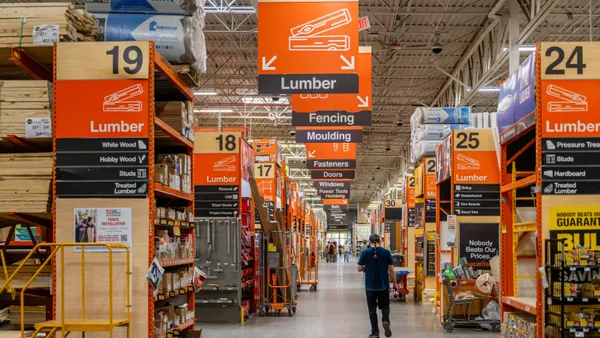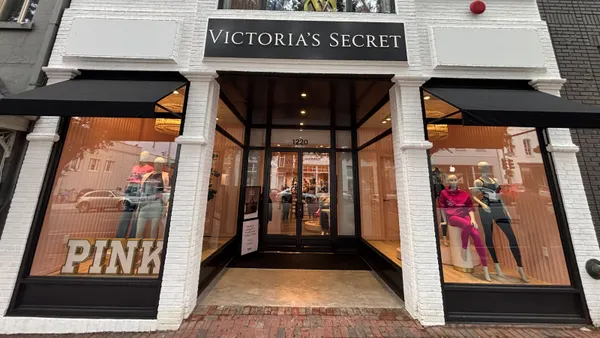Between the wide array of shopping preferences and constantly shifting loyalties, finding a winning retail strategy is no easy feat. But for brands that strike the right chord, success can come fast. When it does, scaling across channels (and keeping customers happy) relies on optimized fulfillment.
However, omnichannel success hinges on more than just shipping orders. It demands operational excellence, modern technology, integrated systems, automation and strategic support. This is where the right 3PL partner comes in. Without one, momentum can stall.
When it’s time to scale operations, a true partner makes all the difference—whether supporting a startup, a brand experiencing rapid growth, or an established business evolving its long-term logistics strategy. Here's how to choose the right one, and why it matters.
Early growth: Starting with a 3PL
Early growth is often the moment brands turn to a 3PL, usually when order volume begins to outpace internal capacity. The challenge is understanding how to choose a provider.
While there’s no shortage of advice on what makes the ‘right’ 3PL, the key is identifying specific needs, objectives and long-term goals. Without clear alignment, partnerships tend to underperform. A recent WSI and Supply Chain Dive survey found that although 92% of brands say they’re happy with their current 3PLs, 49% say they plan to change 3PLs in the next three years. This means that somewhere, a need isn’t being fully met.
Retailers are far less likely to jump ship when a 3PL relationship delivers real value, where operations run smoothly, trust is high and strategic input is part of the package. After all, the goal of transitioning operations to a 3PL is to free up time to focus on core business activities.
Unfortunately, this isn’t always how things play out.. Common complaints about logistics providers include late or inaccurate deliveries, damaged orders, difficult returns and lack of visibility—all of which can be alleviated by choosing a partner who offers transparency, collaborative support and a commitment to operational excellence.
At this early-growth stage, brands need a 3PL that not only helps them transition into a strategic fulfillment partnership but also sets the bar high. Why? Because swapping 3PLs every few years comes at a high cost.
Scaling fast: Preventing bottlenecks
Some brands achieve quick success, which is terrific…unless operations can’t handle the growth. In this stage, retailers need to avoid fulfillment bottlenecks and out-of-control costs. This means having fulfillment centers close to customers, optimized shipping across channels, real-time inventory visibility and demand forecasting tools. For high-growth retailers, it’s not just about keeping up—it’s about staying ahead.
A strong 3PL partner offers expertise in managing scaling volume without sacrificing efficiency or customer satisfaction. Not only will they need to possess a scalable, reliable infrastructure to handle increased order volume, but they should also have flexible fulfillment options, advanced technology and cost-effective shipping options. These key elements prevent operational bottlenecks.
Key things to look for in a 3PL partner
Modern retail demands a 3PL built for omnichannel success—one that can support everything from DTC to retail and marketplace sales, while seamlessly managing inventory and orders across channels.
Equally important is being future-ready and strategic, not transactional. That means having a broad network, a proactive mindset, and a team of experts committed to continuous improvement. The right partner helps retailers move forward, finding smarter, more efficient ways to fulfill at every growth stage.
For brands ready to scale with a long-term 3PL partner, now’s the time to evaluate the current or prospective provider and ensure alignment with future growth goals. As Peter Davis, VP/GM of Fulfillment at WSI, says, “The best 3PLs won’t be those that just focus on picking and packing, but instead those that aim to be true partners.”

